
Here we are a couple of years ago on Halloween!
Since this exciting holiday is at our doorstep, the girls and I have been doing some research on where it started and Halloween Traditions and Celebrations around the world today. We are fascinated by the origins of holidays and that Halloween is one of the world’s oldest holidays, dating back to pagan times. And Halloween is now celebrated by more people in more countries than ever before. Maybe because it is universal, is fun, involves tons of candy and there is a macabre fascination attached to it…and is for young and old alike!
I must say that even though trick-or-treating is traditionally done door to door, in New York City, it is now customary for kids to trick-or-treat from store to store due to the fact that we all live in apartments! There are some city blocks who have co-ops and arrange to have goodies on the ground floors of townhouses which is where we are headed on Halloween!
Where it all started: Ireland
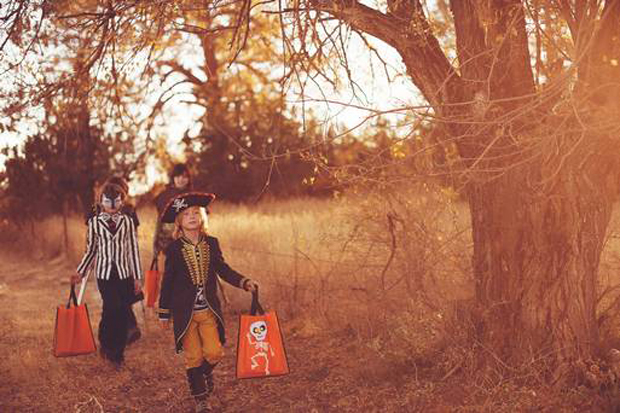
In Ireland, which is considered to be where Halloween started, the day is still celebrated much like it is in the United States. This holiday started off as the Celtic festival of Samhain. Samhain’s equivalent on the Christian calendar is All Saints’ Day, introduced by the Catholic church partly to replace the pagan festival of the dead. In rural areas, bonfires are lit as they were centuries ago, and all over the country, children get dressed up in costumes and spend the evening “trick-or-treating” in their neighborhoods. After trick-or-treating, most people attend parties with neighbors and friends. At the parties games are played, including “snap-apple,” a game in which an apple on a string is tied to a doorframe or tree and players attempt to bite the hanging apple. Parents often arrange treasure hunts, with candy or pastries as the “treasure.” and a card game where cards are laid face down on a table with candy or coins underneath them is played. When a child chooses a card, he receives whatever prize is found below it.
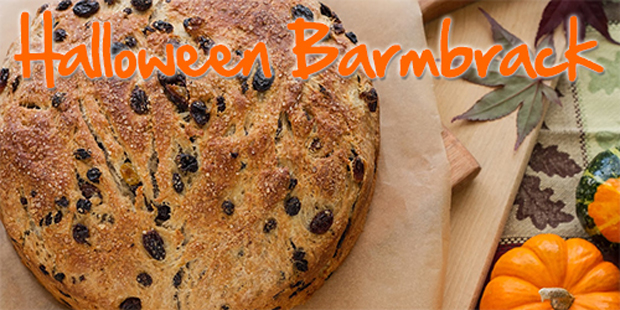
A traditional Halloween treat is barmbrack, a fruitcake which has a muslin-wrapped treat baked inside that, and it is said, can foretell the eater’s future. If a ring is found, it means that the person will soon be wed; a piece of straw means that a prosperous year is on its way. Here’s the recipe! Children are also known to play tricks on their neighbors, such as “knock-a-dolly,” a prank in which children knock on the doors of their neighbors, but run away before the door is opened.
Halloween in Other Countries!
I have covered just some countries in the world and this list is certainly not complete. Hope you enjoy my rundown!
Austria
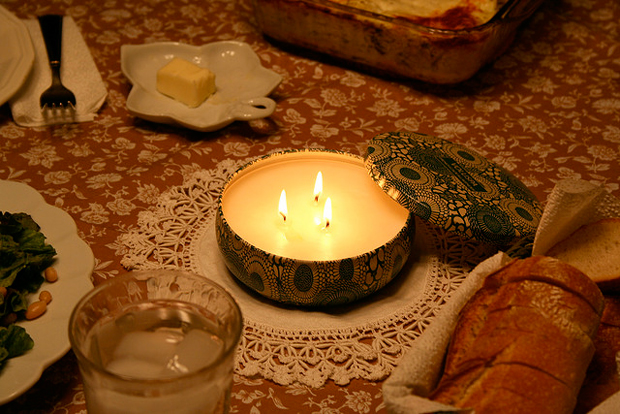
In Austria, people will leave bread, water and a lighted lamp on the table before retiring on Halloween night. It was once believed that these would welcome the dead souls back to earth on a night that Austrians considered to be magical.
Belgium
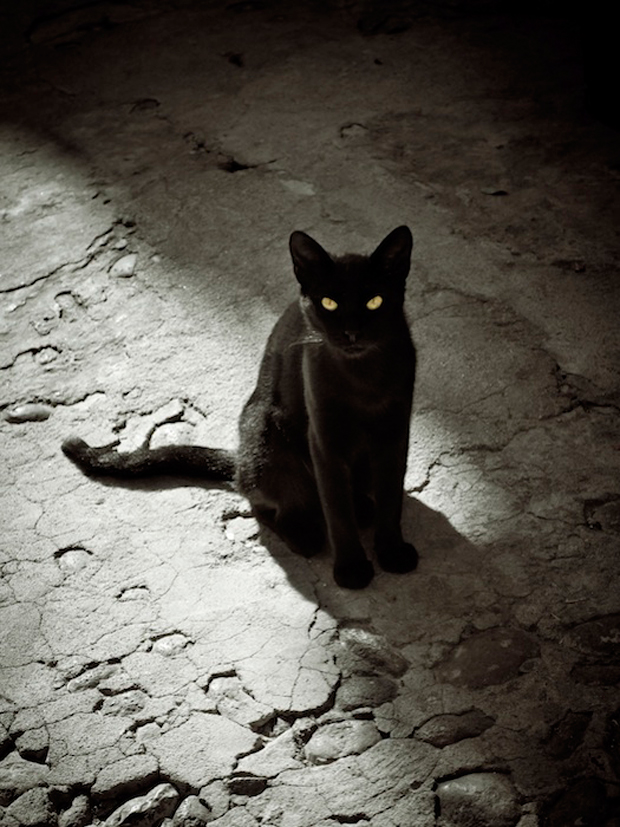
The Belgians believe that it is unlucky for a black cat to cross one’s path and also unlucky if it should enter a home or travel on a ship. Belgians who observe Halloween, light candles in memory of dead relatives on Halloween night.
Canada
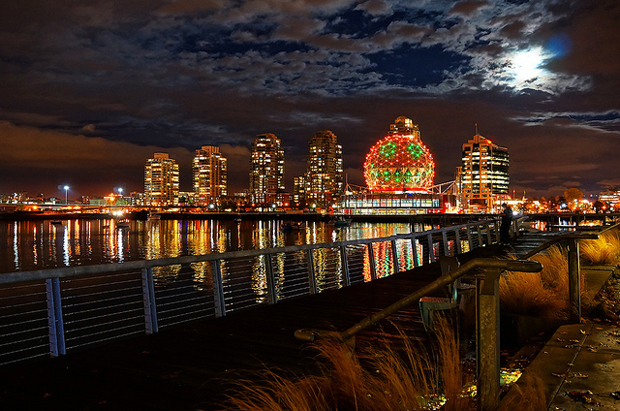
Vancouver Science World Halloween Theme
Modern Halloween celebrations in Canada began with the arrival of Scottish and Irish immigrants in the 1800s. Jack O’Lanterns are carved and the festivities include parties, trick-or-treating and the decorating of homes with pumpkins and corn stalks. Some Canadians also do the trick-or-treating, candyfest part of it.
China
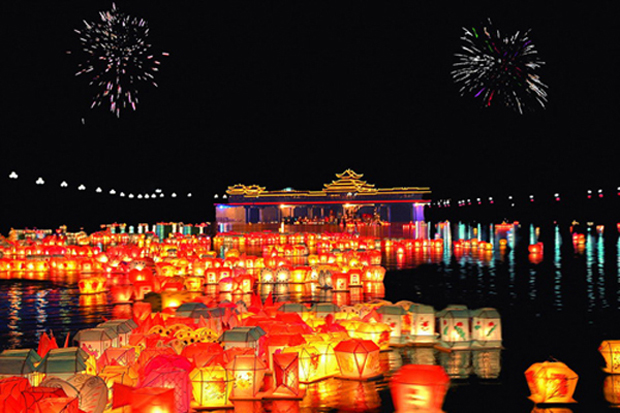
In China, the Halloween festival is known as Teng Chieh. Food and water are placed in front of photographs of family members who have departed while bonfires and lanterns are lit in order to light the paths of the spirits as they travel the earth on Halloween night. Worshippers in Buddhist temples make “boats of the law” from paper, which are then burned in the evening hours. The purpose of this custom is twofold: as a remembrance of the dead and in order to free the spirits of the “pretas” in order that they might ascend to heaven. “Pretas” are the spirits of those who died as a result of an accident or drowning and whose bodies were consequently never buried. The presence of “pretas” among the living is thought by the Chinese to be dangerous.
Czechoslovakia
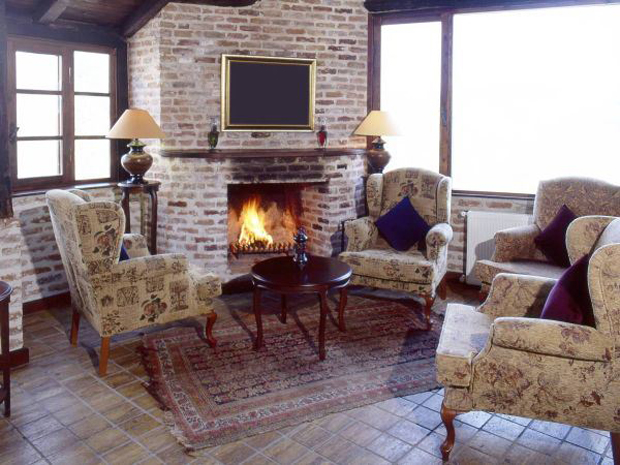
In Czechoslovakia, chairs are placed by the fireside on Halloween night. There is one chair for each living family member and one for each family member’s spirit.
England
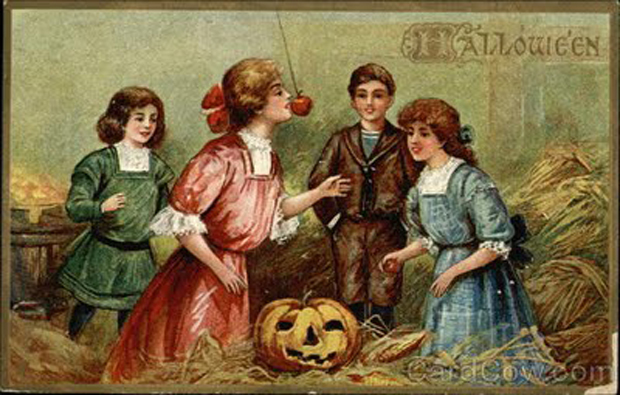
While the Irish and Scots preferred turnips, English children made “punkies” out of large beets, upon which they carved a design of their choice. Then, they would carry their “punkies” through the streets while singing the “Punkie Night Song” as they knocked on doors and asked for money. Halloween became Guy Fawkes Night and moved a few days later – see the History of Halloween, but recently it has been celebrated on October 31st, in addition to Guy Fawkes Night. In some rural areas, turnip lanterns were placed on gateposts to protect homes from the spirits who roamed on Halloween night. Another custom was to toss objects such as stones, vegetables and nuts into a bonfire to frighten away the spirits. These symbolic sacrifices were also used as fortune-telling tools. If a pebble thrown into the flames at night was no longer visible in the morning, it was believed that the person who tossed the pebble would not survive another year. If nuts tossed into the fire by young lovers then exploded, it signified a quarrelsome marriage. For the most part however, the English ceased celebrating Halloween with the spread of Martin Luther’s Protestant Reformation. Since followers of the new religion did not believe in Saints, they saw no reason to celebrate the Eve of All Saints’ Day. However, in recent years, the American “trick or treating” custom, together with wearing costumes for going door-to-door, has become a relatively popular pastime among English children at Halloween, although many adults have little idea as to why they are being asked for sweets and the kids leave empty handed!
Britain – Guy Fawkes Day
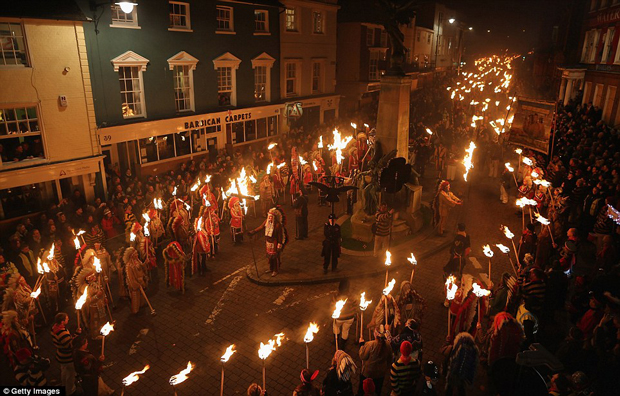
On the evening of November 5, bonfires are lit throughout England. Effigies are burned and fireworks are set off. Although it falls around the same time and has some similar traditions, this celebration has little to do with Halloween or the ancient Celtic festival of Samhain. The English, for the most part, stopped celebrating Halloween as Martin Luther’s Protestant Reformation began to spread. It was on Halloween in 1517 that Martin Luther began to try to reform the Catholic Church. It ended in the formation of the Protestant Church, which as mentioned above, didn’t believe in saints. However, a new autumn ritual did emerge. Guy Fawkes Day festivities were designed to commemorate the execution of a notorious English traitor, Guy Fawkes.
Without Saints, there would be no All Hallow’s Eve, no Halloween and no partying, so in Britain, when a a conspiracy to blow up the English Parliament and King James I in 1605 was foiled, this became a convenient way to solve two issues at once. The celebrations that people were accustomed to just moved to November 5 and became Guy Fawkes Day. Guy Fawkes was not-too-bright accomplice who became the fall ‘guy” (his name is also where we get the word “guy” from) in a Catholic plot to blow up the English Parliament, which at that time was Protestant. So, although technically, the celebration was to commemorate the failure of the plot, nonetheless, it was Halloween. Bonfires were lit across the country. People made lanterns from carved out turnips and children went begging for “a penny for the guy”, and they would use the pennies to buy more wood for the bonfire upon which Guy Fawkes was to be burned alive.
France
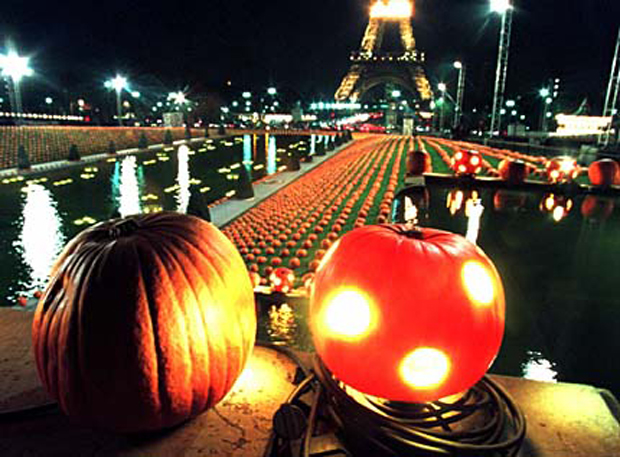
Unlike most nations of the world, Halloween is not celebrated by the French in order to honor the dead and departed ancestors. It is a purely American holiday in France and was virtually unknown in the country until around 1996. (I do remember when I lived there that the French vaguely knew about it but it was completely ignored!) A combination of the French love of parties, fete’s and costume events, and commercialism has led to the rapid rise of the holiday in France.
However, in France, La Toussaint (All Saints Day) is a much honored national holiday.
The French had been hearing about Halloween from foreign residents and tourists and in their English classes for years before the holiday ever showed its (masked) face in France. In 1982, the American Dream bar/restaurant in Paris began celebrating Halloween. At first it had to explain the holiday to each customer, but since about 1995, French customers have tended to be more and more familiar with Halloween.
In 1996, the village of Saint Germain-en-Laye held a Halloween party on 24 October in the middle of the day, to give locals an idea of what it was all about.
Meanwhile, companies like France Télécom, McDonald’s, Disney, and Coca Cola began using pumpkins and other Halloween images and ideas in publicity campaigns. This simultaneously increased French people’s knowledge about Halloween and made it seem like another imposition of American culture.
Halloween in France is usually celebrated by costumed people of all ages going to parties at friends’ homes, restaurants, bars, or clubs. The costumes themselves tend to be traditionally “scary” – mummies, ghosts, goblins, witches, and vampires – rather than the cute costumes like princesses, superheroes, and the cartoon character of the day which are popular in the US. Trick-or-treating is extremely rare; when it does exist, it is not from house-to-house, but from store-to-store.
Stores, malls, restaurants, offices, and homes decorate their windows; pastry and candy shops make up special desserts and candies; and many different kinds of companies use Halloween in their ads. Supermarkets sell pumpkins for jack-o’-lanterns and candy companies are now marketing candy in the traditional Halloween format: one big bag filled with lots of little packages, which may encourage trick-or-treating.
Traditionally, pumpkins are not a popular food in France, so the high demand for jack-o’-lanterns during Halloween has been a unexpected boon for pumpkin growers. There is even a pumpkin patch at a farm outside of Paris.
Germany
In Germany, the people put away their knives on Halloween night. The reason for this is because they do not want to risk harm to (or from) the returning spirits.
Halloween has gained much popularity in the past decade. In fact this celebration now brings in an astounding 200 million euros a year according to the Stuttgarter Zeitung, the third most commercialized tradition after Christmas and Easter.
Larger German department stores and offer Halloween themed decoration to match your gruesome tastes. Or go to a costumed Halloween party offered by many night clubs.
Halloween specialty stores are becoming increasingly more popular in Germany. One interesting difference between Germany and North America in regards to costumes, is that the Germans seems to indulge much more in scary dress-ups than Americans, even for kids when it comes to Halloween. Perhaps it is due to the many other opportunities throughout the year that children and adults get to dress up for different celebrations, such as Fasching and St. Martinstag that is just around the corner.
One of the largest and most popular Halloween venues in Germany is at the 1000 year old fortress ruins in Darmstadt. Since the 1970s it has been known as Burg Frankenstein and apparently is the place to go for all gore aficionados. See more about this haunted castle. Burg Frankenstein
Hong Kong
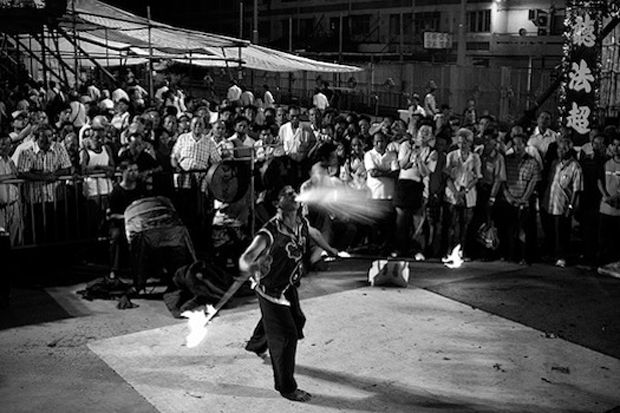
The Halloween celebration in Hong Kong is known as “Yue Lan” (Festival of the Hungry Ghosts) and is a time when it is believed that spirits roam the world for twenty-four hours. Some people burn pictures of fruit or money at this time, believing these images would reach the spirit world and bring comfort to the ghosts. Fires are lit and food and gifts are offered to placate potentially angry ghosts who might be looking for revenge.
Italy
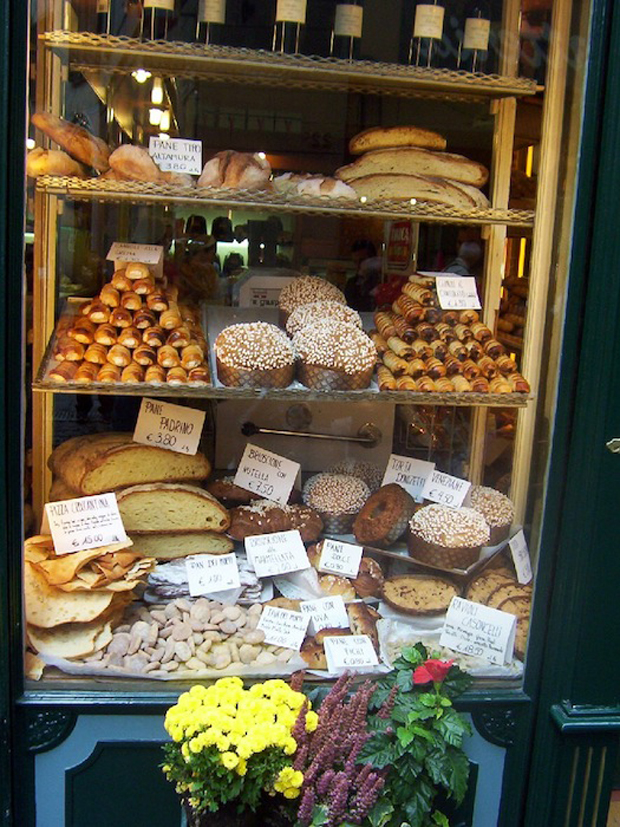
The Italians make a bean-shaped cake called Fave dei Morti (beans of the dead) to celebrate and honor the dead. The cake has special significance to the Italians, as gentlemen who propose to their future brides on Halloween place the engagement ring in a small box wrapped in a larger pack filled with Fave dei Morti sweets.
Japan
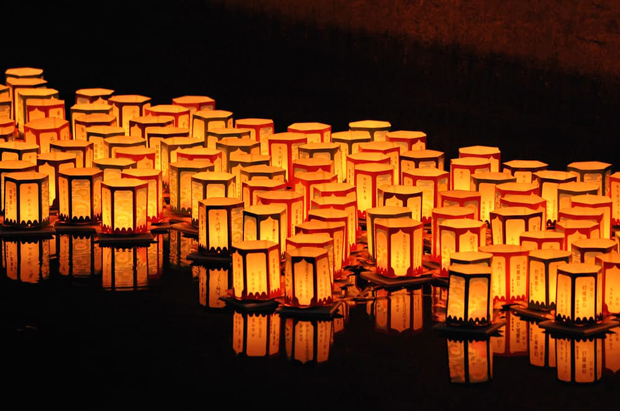
Japan does not celebrate a western-style Halloween. The Japanese celebrate the “Obon Festival” (also known as “Matsuri” or “Urabon” and pronounced, “oh bone.) which is similar to Halloween festivities in that it is dedicated to the spirits of ancestors. Special foods are prepared and red lanterns are hung everywhere. Candles are lit and placed into lanterns which are then set afloat on rivers and seas. During the “Obon Festival,” a fire is lit every night in order to show the ancestors where their families might be found. “Obon” is one of the two main occasions during the Japanese year when the dead are believed to return to their birthplaces. Traditionally, in rural areas where gravesites are in the neighborhood, the pathway from the graves to the home is swept clean. Then, on the 13th, an altar is set up with various food offerings, and “welcoming fires” are set in front of the house and along the path to guide and welcome the spirits. People may even hire a priest to come and chant prayers. On the evening of the 15th “send-off fires” are lit, and the spirits return to their graves. People who spend Obon away from their ancestral homes or live in the city usually just make a little token fire on their veranda or patio. Memorial stones are cleaned and community dances performed. The “Obon Festival” takes place during July or August. region, festivals, food booths, and bon dances can be found in the evening, with lots and lots of people enjoying themselves. Even those who don’t observe the religious rite outlined above participate in the festivals. You used to see many people wearing a yukata, a lightweight cotton kimono, but these days you usually only see a few girls wearing them.
Korea
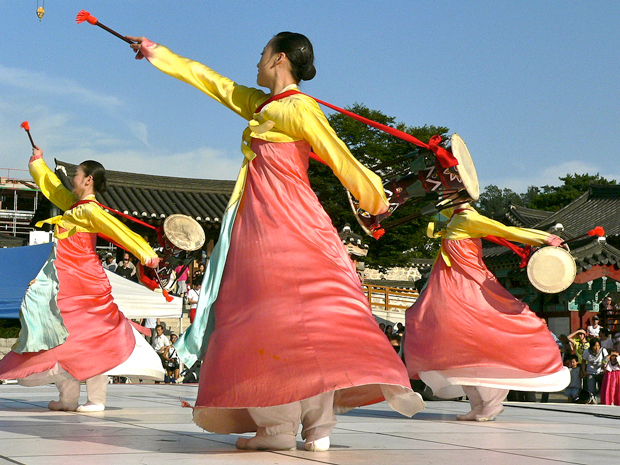
In Korea, the festival similar to Halloween is known as “Chusok.” It is at this time that families thank their ancestors for the fruits of their labor. The family pays respect to these ancestors by visiting their tombs and making offerings of rice and fruits. The “Chusok” festival takes place in the month of August.
Mexico, Latin America
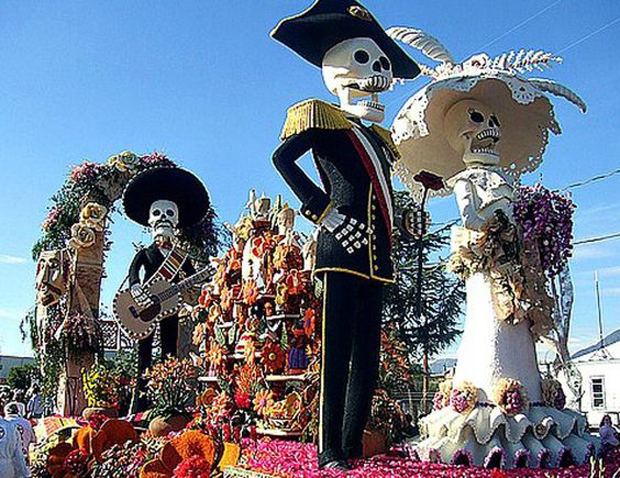
Day of the Dead – Mexico
Among New World Spanish-speaking nations, particularly Mexico and Aztec-influenced Latin America, Halloween is known as “El Dia de los Muertos.” the days of the dead, a three-day celebration that begins on the evening of October 31st and finishes on November 2. This is an ancient festivity that has been transformed throughout the years. It was originally intended for Mexican families to remember their dead and the continuity of life. It is a joyous and happy holiday…a time to remember friends and family who have died. Officially commemorated on November 2 (All Souls’ Day), the three-day celebration actually begins on the evening of October 31. Designed to honor the dead who are believed to return to their homes on Halloween, many families construct an altar in their home and decorate it with candy, flowers, photographs, fresh water and samples of the deceased’s favorite foods and drinks. Frequently, a basin and towel are left out in order that the spirit can wash prior to indulging in the feast.
On November 2, relatives gather at the gravesite to picnic and reminisce. Relatives tidy the gravesites of deceased family members, making repairs and painting. The grave is adorned with flowers, wreaths or paper streamers. They bring picnics and sit around the grave sites sharing stories of the departed and feasting on foods such as spicy meat dishes, batter bread and lots of sweets; some shaped like skulls. The abundance of food, drink and good company creates a festive atmosphere along with recognizing the cycle of life by the interaction of the living with the dead. Some of these gatherings may even include tequila and a mariachi band although American Halloween customs are gradually taking over this celebration. In Mexico during the Autumn, countless numbers of Monarch butterflies return to the shelter of Mexico’s oyamel fir trees. It was the belief of the Aztecs that these butterflies bore the spirits of dead ancestors.
In the villages, parades are held. People dress as skeletons and dance in the streets. Often, a live person is placed inside a coffin which is then paraded through the streets while vendors toss fruit, flowers and candies into the casket. Home feast are held and loaves of bread, “Bread of the Dead” are given. Inside the loaves are sugar skeletons or other items of death motif. This gift is more prized if the skull or skeleton is embossed with ones own name. The families also attend candle lit ceremonies in church and offer prayers. The whole celebration is about life from beginning to end.
Spain
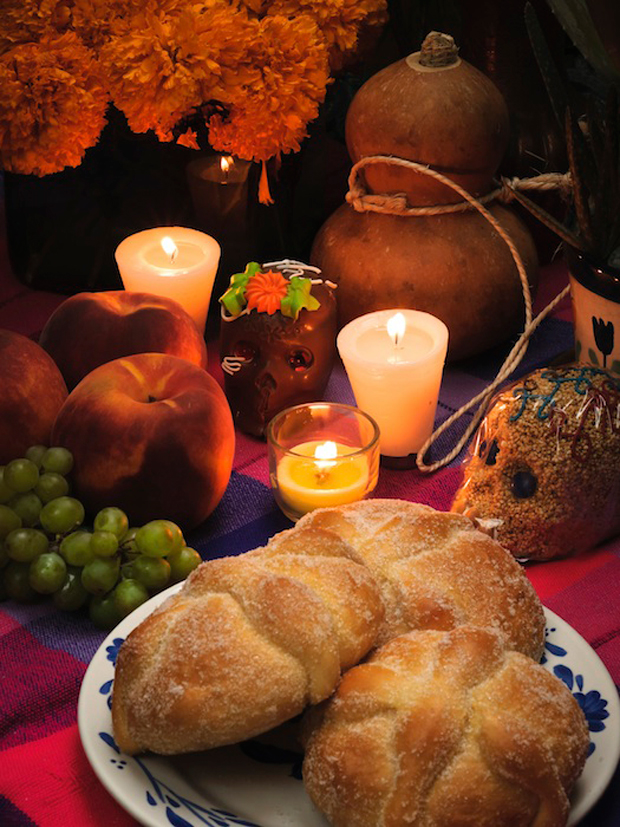
Similar to the Italians, some Spanish families bake a special treat on Halloween called pan de muerto (bread of the dead) to commemorate loved ones. This anise-seed pastry is shaped into round skulls with bone-like strips attached before being covered in an orange glaze.
Sweden
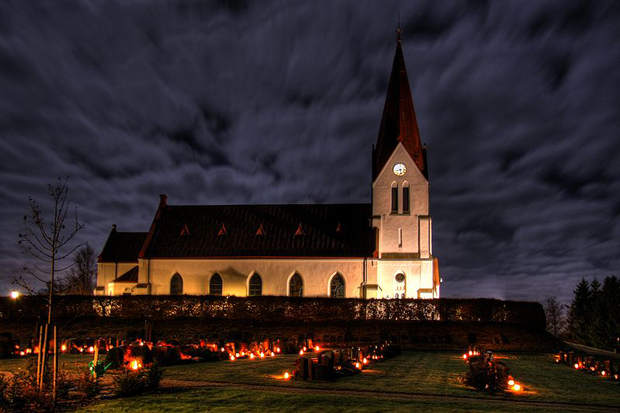
In Sweden, Halloween is known as “Alla Helgons Dag” and is celebrated from October 31st until November 6th. As with other holidays in Sweden, “Alla Helgons Dag” has an eve which is either celebrated or becomes a shortened working day.
This holiday is of rather recent vintage in Sweden. Popular demand for a holiday honoring the memory of departed friends and relatives grew steadily through the course of the first half of the present century. Two world wars undoubtedly did their part in feeding the demand, as did increased contact with Catholic cultures. As a result, for the first time in modern Swedish history a holiday was reinstated in the Swedish calendar in 1952. All Saints’ Day is now celebrated on the Saturday following the 30th of October. Families lay wreaths and flowers on the graves of their loved ones. As night falls, graveyards are aglow with twinkling candles and lanterns.
